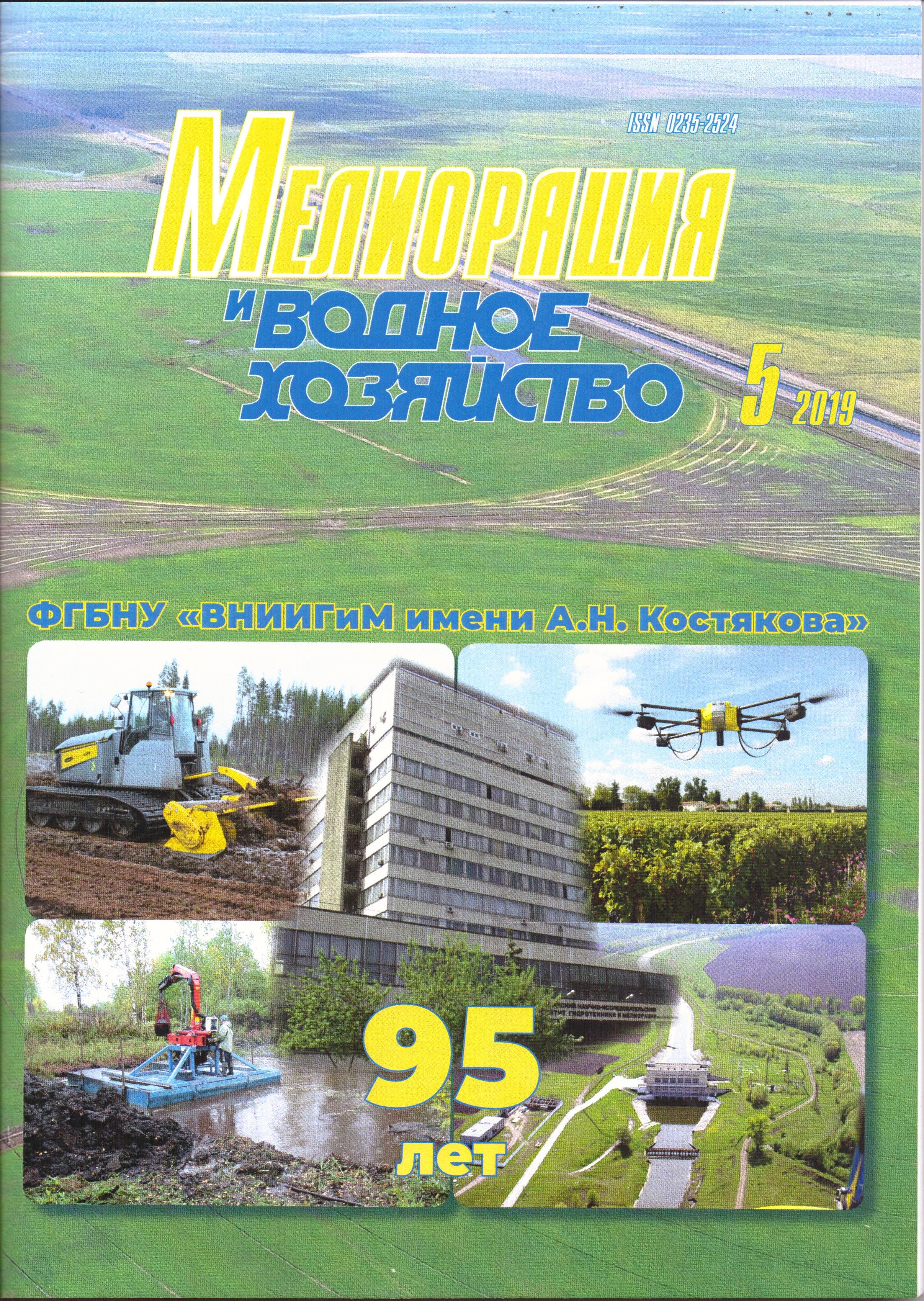UDC 63
CSCSTI 68.31
Russian Classification of Professions by Education 110000
Russian Library and Bibliographic Classification 40
Russian Trade and Bibliographic Classification 56
BISAC TEC003000 Agriculture / General
The reliability of water flow measurement in irrigational canals depends on the measurement method and design features of the flow-measuring structure and the upstream flow velocity profile. The flow velocity profile is a function of the channel geometry and wall roughness. The article presents the study results of the influence of the upstream flow velocity profile on the discharge measurement accuracy. For this, the physical and numerical modeling of two structures was carried out: a critical depth flume and a hydrometric overfall in a rectangular channel. According to the data of numerical simulation of the critical depth flume with a uniform and parabolic (1/7) velocity profile in the upstream channel, the values of water discharge differ very little from the experimental values in the laboratory model with a similar geometry (δ < 2 %). In contrast to the critical depth flume, a change in the velocity profile only due to an increase in the height of the bottom roughness by 3 mm causes a decrease of the overfall discharge coefficient by 4…5 %. According to the results of the numerical and physical modeling, it was found that an increase of backwater by hydrometric structure reduces the influence of the upstream flow velocity profile and increases the reliability of water flow measurements.
computational fluid dynamics, flow-measuring structure, discharge curve, critical-depth flume, hydrometric free overfall
1. Kusher A.M. Povyshenie tochnosti rascheta gidrometricheskih sooruzheniy chislennym metodom // Tr. konf. «Innovacionnye tehnologii v melioracii» (Kostyakovskie chteniya). M.: VNIIGiM, 2011.
2. Kusher A.M. Flow-Measuring and Hydraulic Properties of Free Overfall // ICID International Conference «Food Production and Water Social and Economic Issues of Irrigation and Drainage», Moscow, Russia, 2004.
3. Kusher A.M., Filippov E.G. Televizionnyy metod izmereniya kinematicheskih harakteristik turbulentnyh potokov // Gidrotehnika i melioraciya. 1981. № 5. S. 36-38.
4. Kusher A.M. Primenenie chislennogo modelirovaniya v raschete gidrometricheskih sooruzheniy v otkrytyh ruslah // Vestnik MGSU. 2018. T. 13. Vyp. 8. S. 1008-1015.
5. ISO 3847. Liquid flow measurement in open channels by weirs and flumes - End-depth method for estimation of flow in rectangular channels with a free over-fall // ISO, Geneva, 1977.
6. Rouse H. Discharge Characteristics of the Free Overfall // Civil Engineering. April 1936. V. 6, № 4. P. 257-260.
7. O’Brien M.P. Analysing Hydraulic Models for Effects of Distortion // Engineering News-Record. V. 109, 11, Sept. 1932. P. 313-315.
8. Rajaratnam N., Muralidhar D. Characteristics of the Rectangular Free Overfall // Journal of Hydraulic Research. № 3, v. 6. 1968. P. 233-258.









